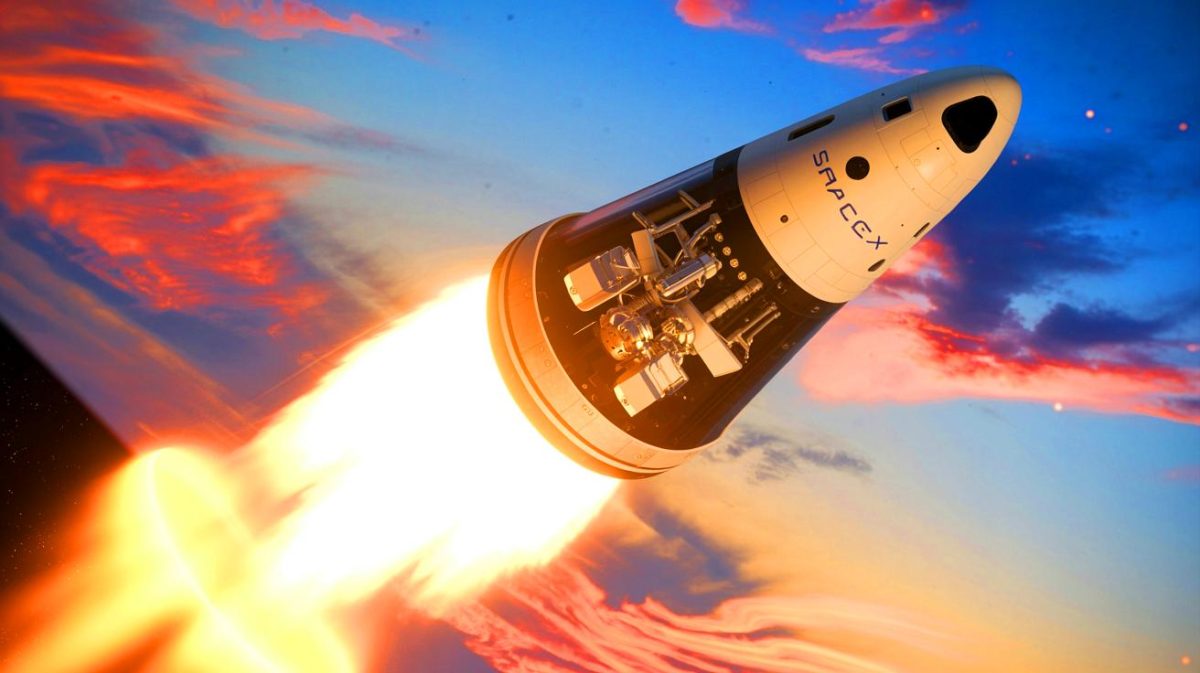| IN A NUTSHELL |
|
SpaceX’s Dragon capsule has once again returned to Earth, marking another significant milestone in space exploration. This mission, which brought back 6,700 pounds of advanced equipment from the International Space Station (ISS), represents a growing collaboration between NASA and private spaceflight companies. The technology and experiments retrieved promise to reshape our understanding of space exploration, protection, and education. As we explore these innovations, we can see how they may influence the future of our journeys into space.
Testing Materials for Deep Space
The Dragon capsule’s return included the results of the Multipurpose International Space Station Experiment, known as MISSE-20. This project focused on evaluating the durability of materials in the harsh environment of space. Researchers tested materials such as radiation shielding, solar sail coatings, and ceramic composites to observe their resilience against factors like ultraviolet radiation and extreme temperature fluctuations.
By mounting these samples on the ISS’s exterior, scientists could gain an understanding of how these materials degrade over time in space. The findings are crucial for the development of future spacecraft, especially in creating advanced heat shields and durable outer hulls. As we look to deeper space exploration, understanding material degradation is essential for ensuring the safety and longevity of spacecraft venturing into uncharted territories.
Tentacle-Armed Robots Make Their Mark
The Astrobee-REACCH robotic system is another highlight of the Dragon’s cargo. This innovative technology integrates NASA’s Astrobee robots with flexible, tentacle-like arms. Equipped with adhesive pads, these robots demonstrated their ability to grasp and maneuver objects of different shapes and textures in microgravity environments.
The potential applications of this technology are vast. These robots could revolutionize satellite servicing, orbital debris management, and repositioning objects in space. By extending the lifespan of satellites and improving the safety of spacecraft in low Earth orbit, the Astrobee-REACCH system represents a significant advancement in space robotics. As orbital technology continues to evolve, such innovations will be integral to maintaining and optimizing space assets.
A Leap in Space Imaging
The Dragon capsule also carried back results from the OPTICA experiment, which stands for Onboard Programmable Technology for Image Compression and Analysis. This project aimed to enhance the compression and real-time transmission of hyperspectral imagery from space. By reducing the bandwidth required, OPTICA seeks to improve the efficiency and cost-effectiveness of space-based imaging systems.
The implications of this technology extend to areas such as disaster response, agriculture, and environmental monitoring. By enabling more efficient data transmission, OPTICA could transform how we gather and use information from space to tackle real-world challenges. This advancement in imaging technology holds the potential to significantly enhance our capabilities in addressing global issues through more informed decision-making.
Space Books Float Back Home
In addition to technological advancements, the Dragon capsule returned with educational materials from the Story Time from Space project. During their stay on the ISS, astronauts read five STEM-themed books and conducted science demonstrations, which were recorded and downlinked for educational purposes.
This initiative aims to inspire young minds and spark an interest in space science. By providing these resources to classrooms around the world, Story Time from Space helps bridge the gap between Earth and the cosmos. It fosters a new generation of explorers and scientists, eager to engage with and understand the universe. This educational effort is crucial in cultivating future leaders who will drive the next phases of space exploration and scientific discovery.
The Dragon capsule’s successful mission underscores the ISS’s role as a crucial platform for testing innovations that can benefit both life on Earth and our aspirations in space. Each mission brings us closer to achieving our goals of reaching further into the cosmos. As we look to the future, what new discoveries and technologies will the next mission unveil, and how will they continue to shape the landscape of space exploration?
Did you like it? 4.4/5 (26)






Wow, 6,700 pounds of tech returned from space! What’s next on SpaceX’s agenda? 🚀
Missee-20 sounds like a game-changer for future spacecraft! Can’t wait to see how this tech evolves. 😊
Les robots Astrobee-REACCH sont fascinants. Comment ça marche exactement avec leurs bras tentaculaires?
C’est incroyable de voir comment SpaceX continue de pousser les limites de l’exploration spatiale. Merci pour votre travail! 🌟
Ces matériaux résistants aux radiations pourraient-ils un jour être utilisés sur Terre?